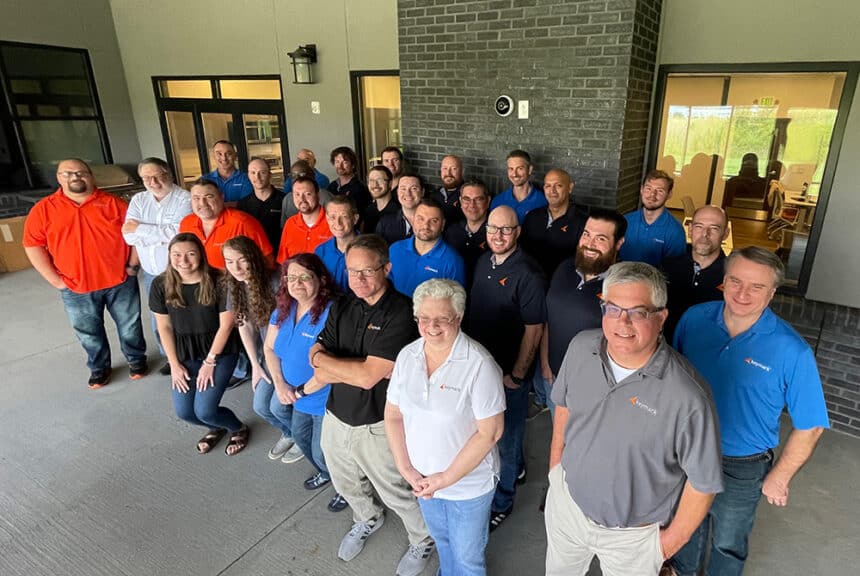21st Century State Budget Offices Create Better Outcomes.
Subscription-based SaaS solutions continue to grow in popularity over on-premises, licensed software because of the flexible payment options, inherent scalability, and real-time data. Cloud-based applications increase collaboration, which in turn drives efficiency and productivity.
These powerful and cost-effective online systems can be accessed any time, from anywhere. And, their comprehensive security and access control features give you confidence that the right people can get to the right data without exposing your agency to unnecessary risk.
Here are six reasons public sector organizations are turning to SaaS budgeting software today:
1. SaaS promotes GFOA best practices.
The Government Finance Officers Association (GFOA) and the National Advisory Council on State and Local Budgeting describe the ideal state budget process:
- Linked to long-term, broad goals
- Focused on outcomes
- Connected to stakeholders
- Incentivized towards good management
SaaS budgeting platforms enhance your agency’s ability to expand your focus beyond data management and incorporate these higher-level strategic characteristics into your process. Forecasts and scenario-based plans, deeper data analysis, and easy sharing remove the obstacles to becoming a best-practice state agency.
2. SaaS empowers collaboration.
Not everyone on your team is a spreadsheet power-user. The user-friendly, dashboard approach of most SaaS budgeting applications equips your entire team to quickly and seamlessly collaborate. With intuitive, interactive design, the software speeds access to data analysis and insights. Just as importantly, the automated workflows and integration with other critical systems (like payroll and financial reporting) ensure your team is always working with the most current and accurate data.
3. SaaS drives informed decisions.
Multi-year budgeting requires a balance of nimble decision-making and long-term vision. Legacy systems and spreadsheets certainly don’t enhance those two critical capabilities – your team succeeds in spite of your current toolset. Dynamic SaaS applications natively enable your team to access the on-demand data needed for immediate decisions as well as the strategic plan forecasts to consider the long-term effects of those decisions. SaaS will equip you to make faster data-driven decisions with accuracy and confidence.
4. SaaS encourages fiscal responsibility.
Your legacy system was likely a significant capital expenditure. Maintaining it adds operational expenses to your IT team and is a drain on their time. The total cost of ownership continues to grow, while its capabilities rarely improve. Replacing those costs with a flexible monthly subscription model, consistent, on-going platform improvements, and a lower demand for IT support makes good fiscal sense. A more cost-effective platform with greater capabilities, inherent scalability, and deferred spending is a responsible investment.
5. SaaS equips you with 21st century tools.
Spreadsheets are powerful financial tools from the 20th century. They have a time and place, but they were never designed to manage the complexity of 21st century state budgets. Manual data entry is prone to human error. In fact, MarketWatch reports one percent or more of all formula cells contain errors. The cost of your team’s time to ensure the accuracy of your data is tremendous. Offloading that responsibility to an intelligent, secure, and purpose-built SaaS platform is not only a relief for your team, it’s an improvement that will drive measurable results.
6. SaaS increases stakeholder engagement.
Transparency is vital to every state government agency today, especially financial data. Stakeholders within other departments and agencies expect a clear understanding of their budget request outcomes. Constituents expect accountability for their tax dollars. In the 21st century world of interactive content delivery, printed annual reports no longer meet expectations. With SaaS platforms’ inherent advantage in speed of access to data, your team will be better prepared to provide the level of trust and transparency expected in the current economic and political climate.
SaaS budget software is purpose-built, secure, and intelligent.
It reduces strain on your IT resources while driving improvements across your agency’s budgeting process. You’ll create more transparency, greater efficiency, and a stronger long-term vision for fiscal decisions. And, you’ll know that you are working with the most accurate data, no matter where and when you work on the budget. As a vital part of your state’s promise to the community you serve, switching to a SaaS budgeting platform should be one of the easiest decisions you make this year.



